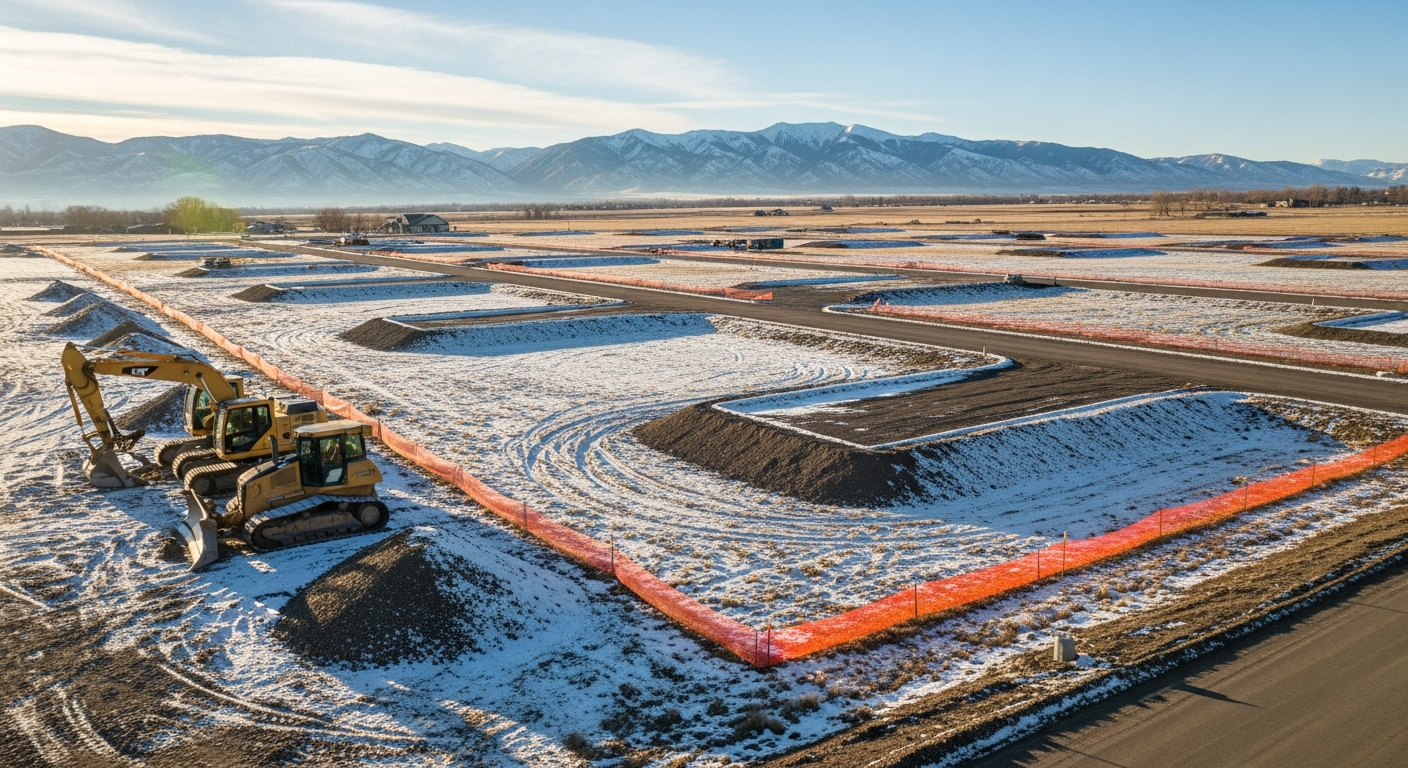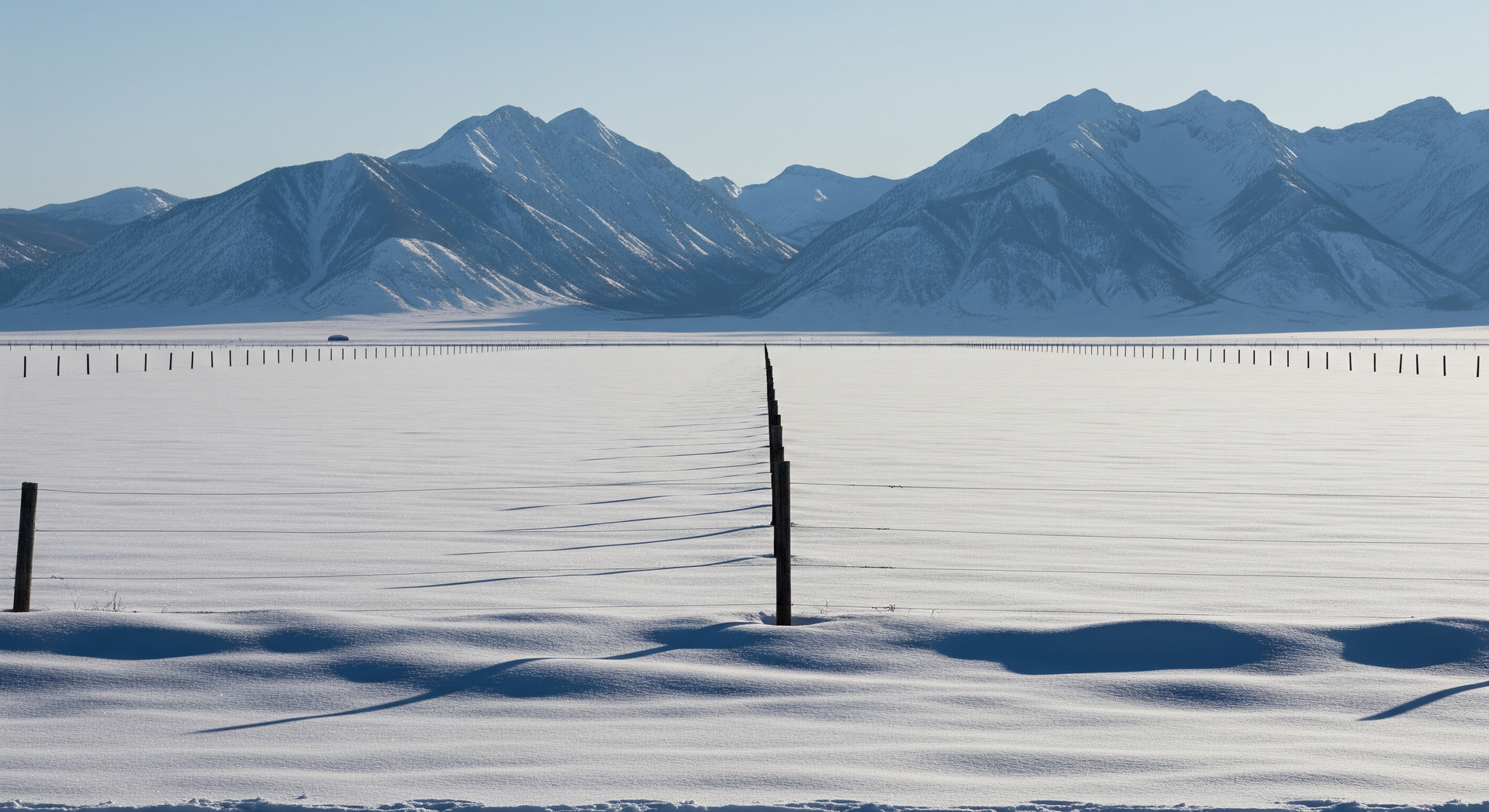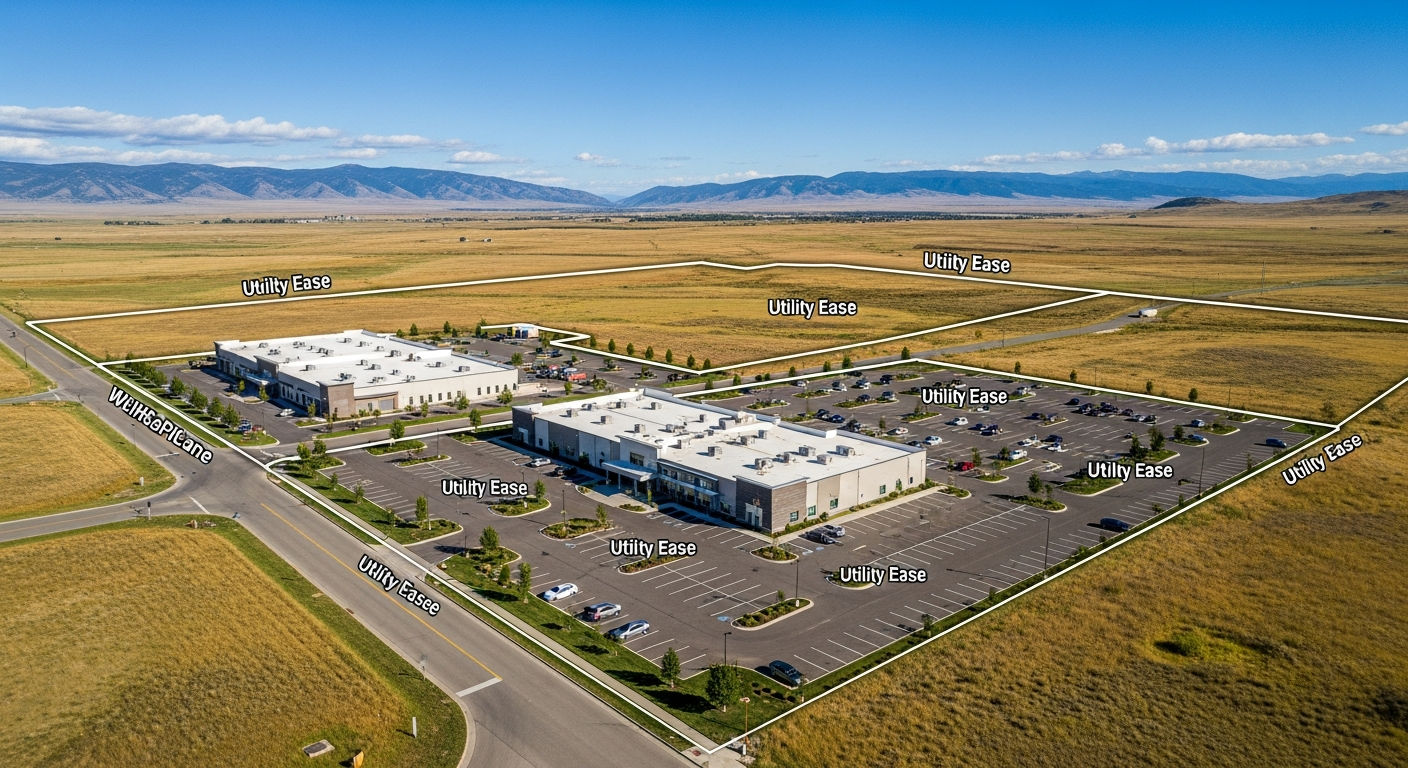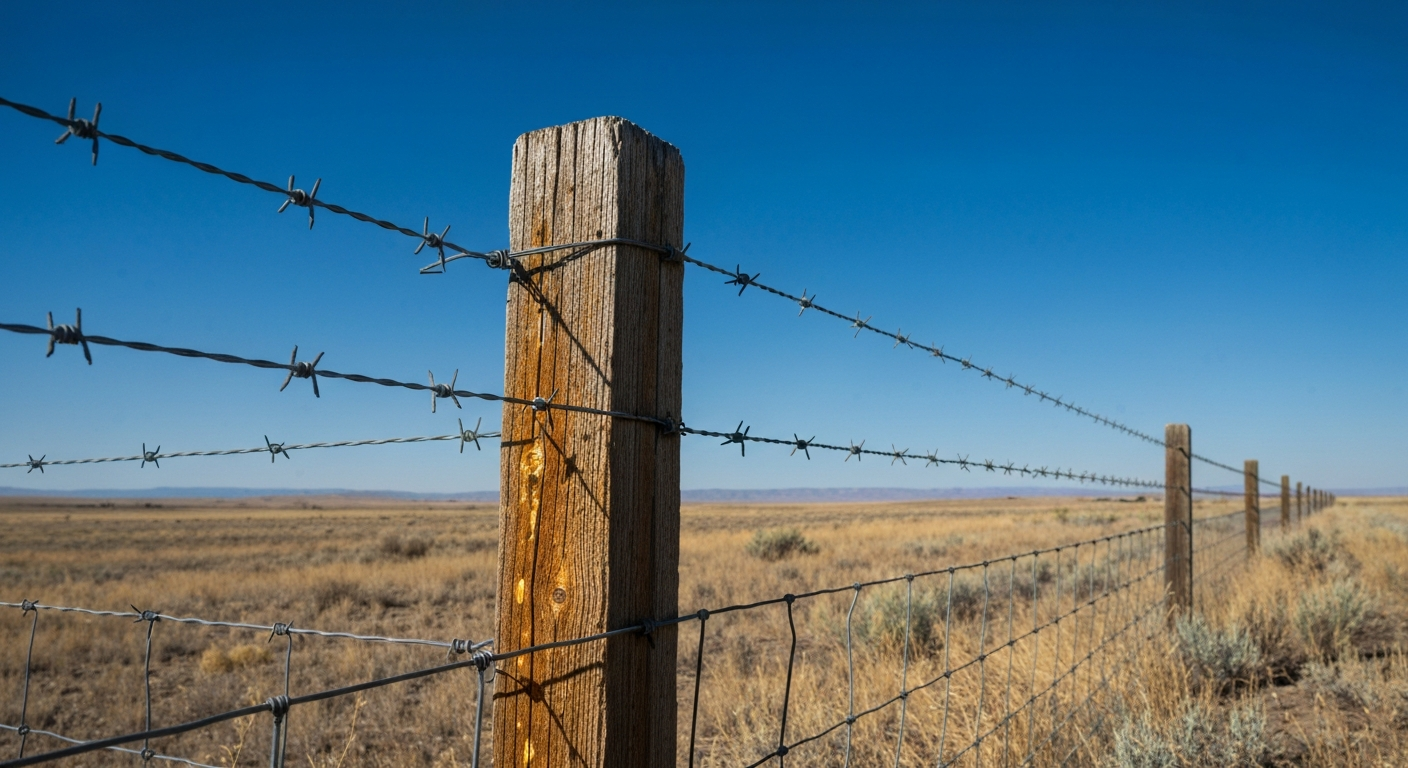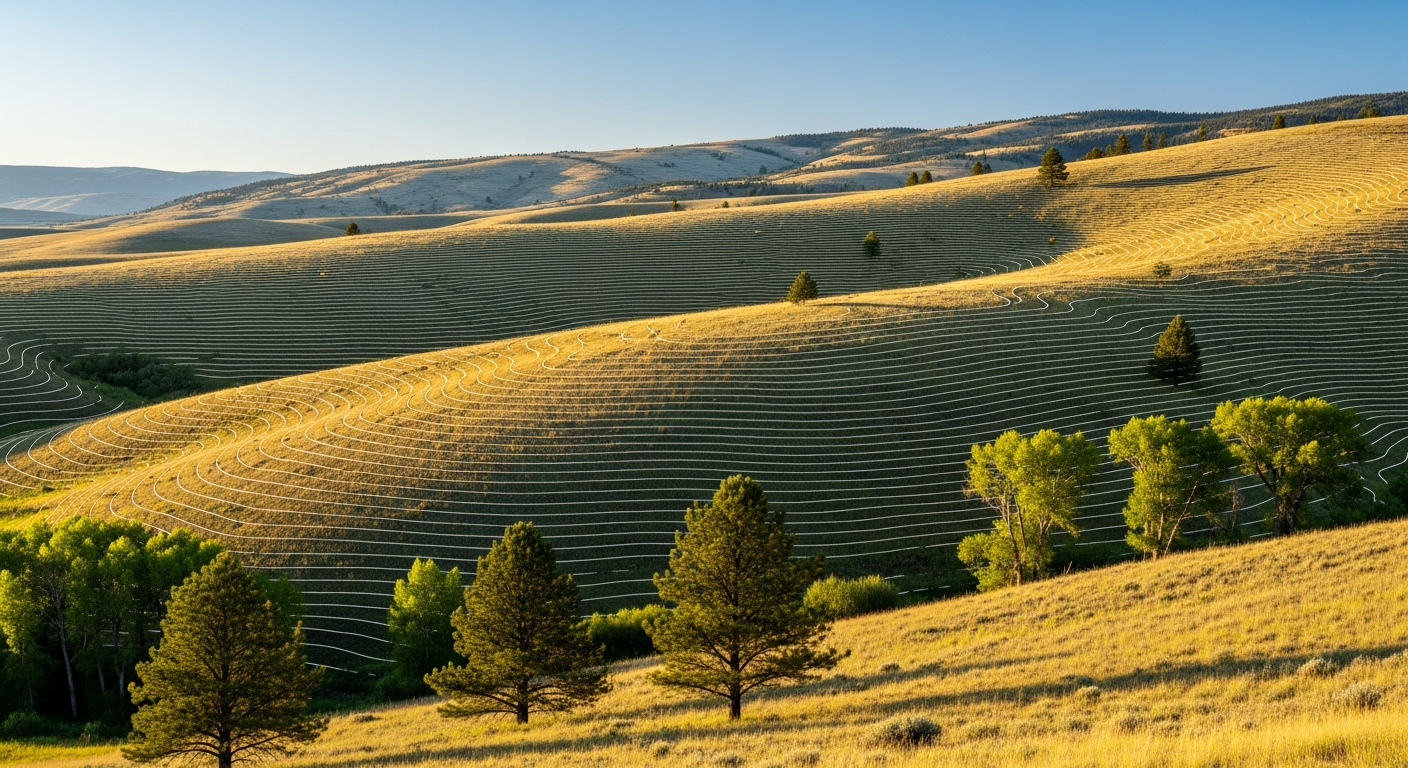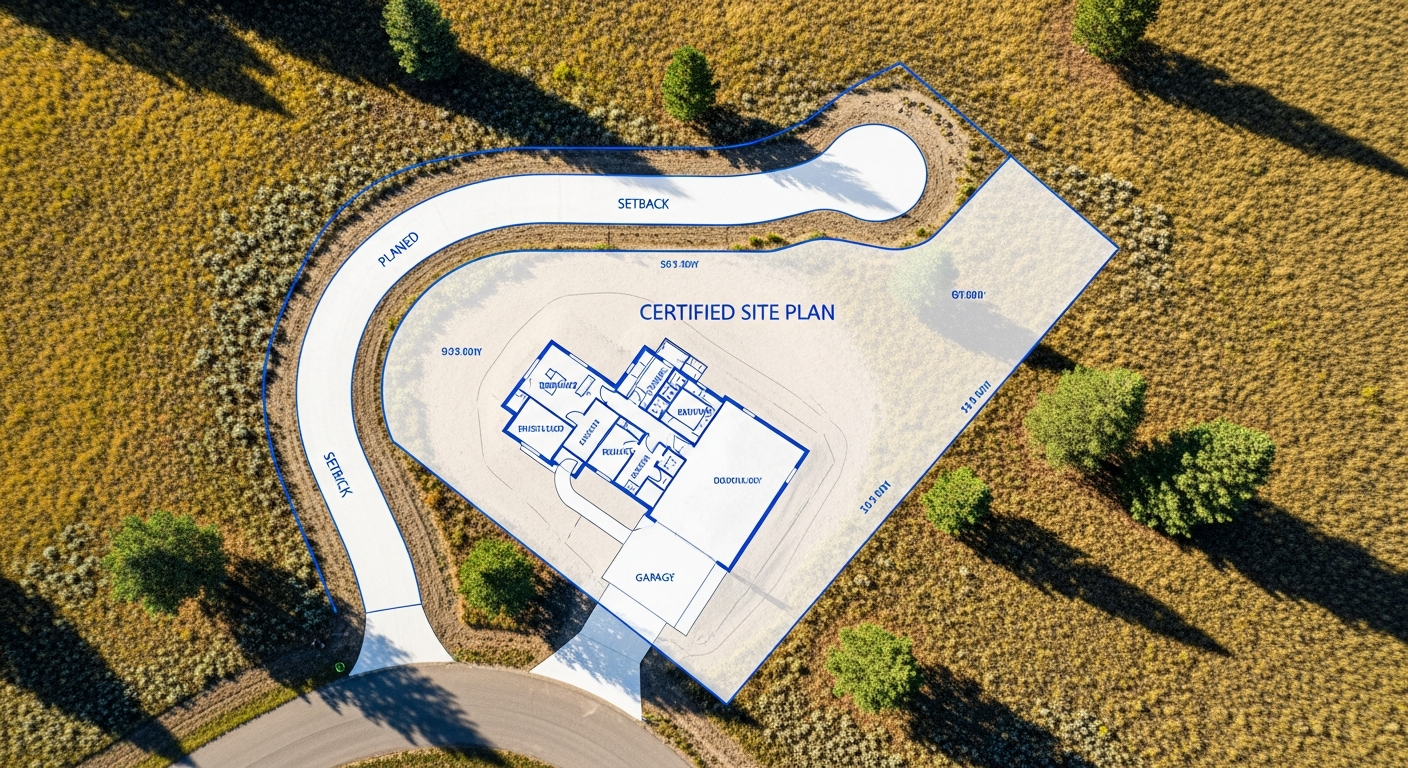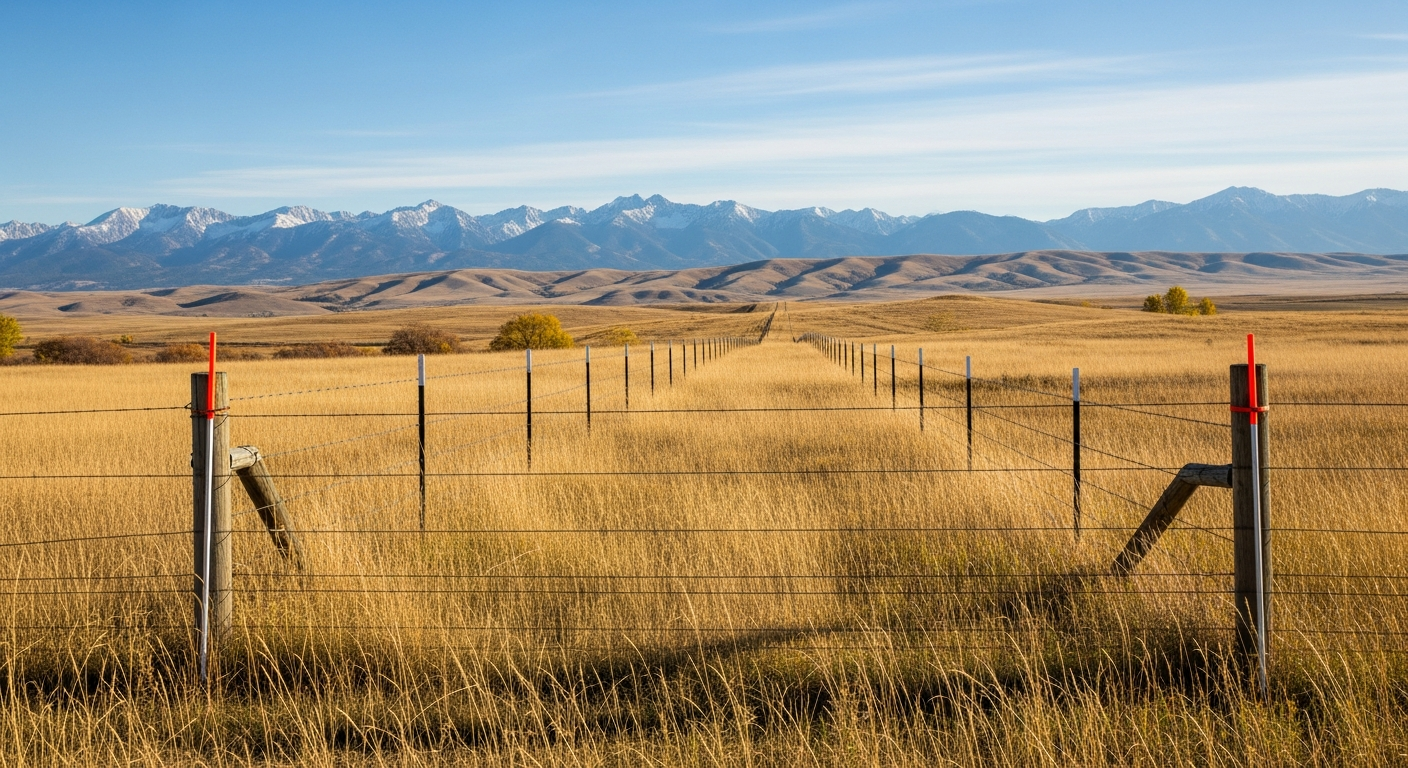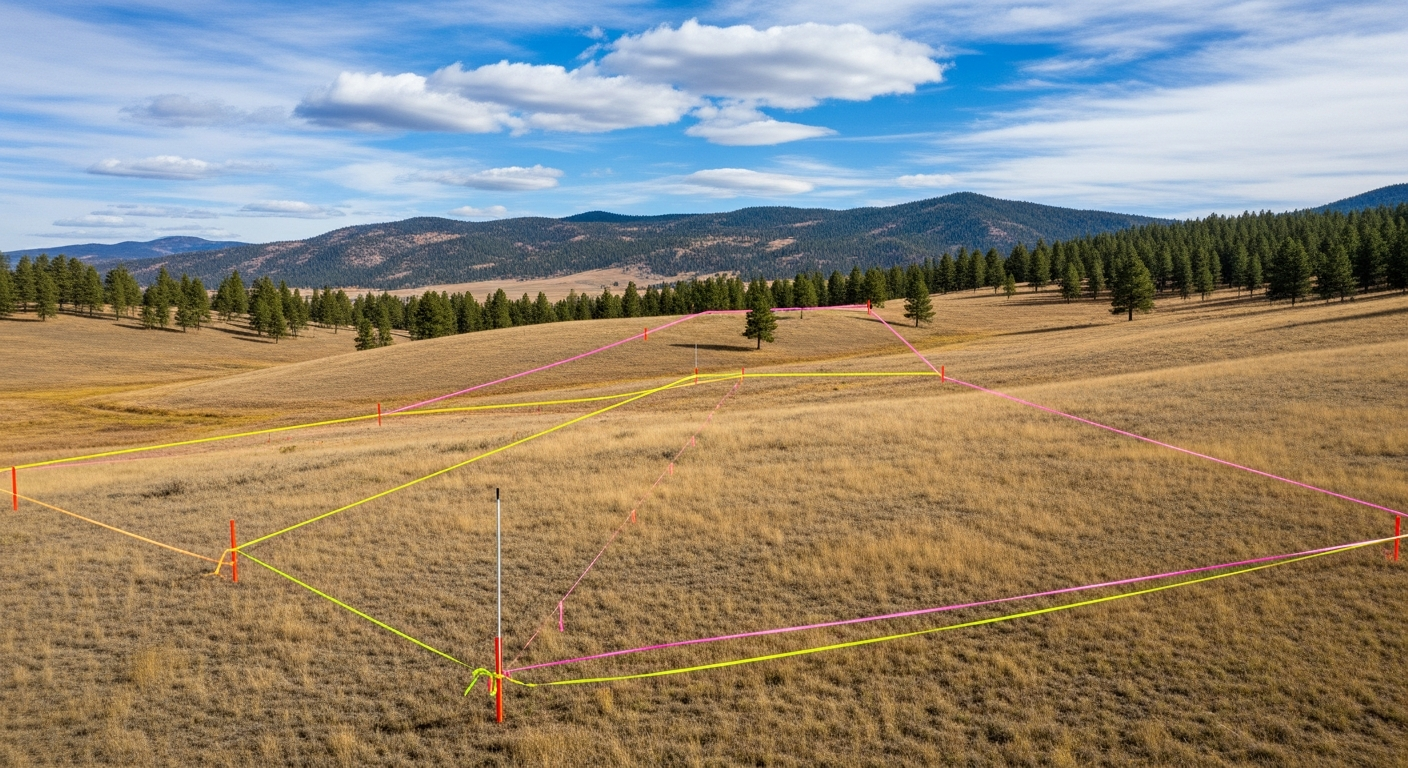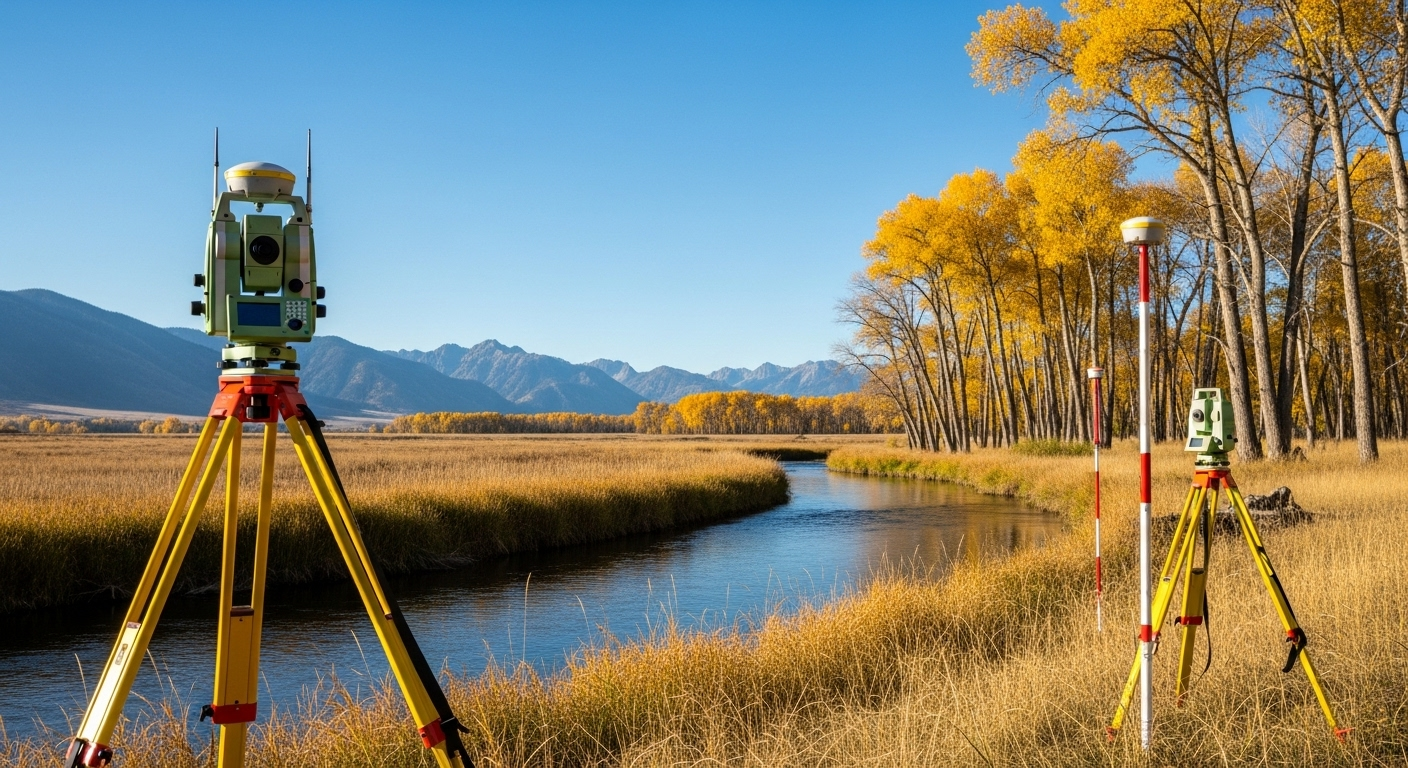Easements Explained: How They Affect Your Property Lines in Montana
You may own your land, but that doesn’t always mean you have full control over every inch of it. That’s where easements come in—a legal right that allows someone else to use a portion of your property for a specific purpose.
Whether you’re buying property in Billings, building a fence, or just curious about the markings on your land survey, understanding easements is essential to protecting your property rights and avoiding future headaches.
In this blog post, we’ll break down what easements are, the most common types in Montana, and how a land surveyor helps you identify and work around them.
What Is an Easement?
An easement is a legal right to use part of someone else’s land without owning it. Easements are typically recorded with the county and stay with the property even when it changes ownership.
Easements may allow:
- Utility companies to access lines
- Neighbors to use a shared driveway
- The public to access a trail or sidewalk
- Governments to maintain infrastructure
While you still own the land, you can’t block or build over the portion subject to the easement.
Why Easements Matter in Billings, MT
Billings and Yellowstone County have a wide variety of land use needs—residential, agricultural, industrial, and public utility infrastructure. This makes easements especially common and important to understand.
If you’re buying or developing land in the Billings area, ignoring easements can lead to:
- Building violations if you construct on restricted land
- Legal disputes with neighbors or utility companies
- Delays in permits due to overlooked easements
- Reduced property value or loss of use
That’s why most lenders and title companies require an up-to-date land survey that identifies any existing easements before closing.
Common Types of Easements in Montana
Here are the most frequently encountered easements in our region:
1. Utility Easements
Allow utility companies access to run or maintain power lines, gas lines, sewer, or fiber-optic cables. These are often located along property boundaries, alleys, or under sidewalks.
2. Access Easements
Used when a landlocked property needs to cross another parcel to reach a road. These are especially common in rural Montana and among subdivided lots.
3. Drainage Easements
Designated areas to allow water runoff or drainage systems. Building over them can cause serious flooding or erosion issues—and legal consequences.
4. Conservation Easements
Restrict how the land can be developed to protect wildlife habitats, wetlands, or historical sites. Common in Montana’s more rural and natural areas.
5. Prescriptive Easements
Granted over time through consistent, unchallenged use—like a neighbor using a driveway across your land for decades. These can arise without formal paperwork.
How a Land Surveyor Helps With Easements
A licensed land surveyor plays a critical role in identifying, measuring, and mapping easements so you know exactly what your rights and restrictions are.
Here’s how:
- Research: Surveyors pull legal records and deeds from Yellowstone County to locate any recorded easements tied to the property.
- Fieldwork: Using GPS and mapping tools, they identify easement boundaries and show them on the survey plat.
- Clear Visuals: The final survey map includes labeled easements, distances, and restrictions—crucial for planning construction or resolving disputes.
- ALTA/NSPS Surveys: For commercial properties, these high-detail surveys are often required by lenders and always include easements.
This clarity is especially important before buying, building, fencing, or subdividing land in the Billings area.
Can You Remove or Modify an Easement?
In some cases, yes—but it can be complicated.
To legally terminate or modify an easement, you’ll likely need:
- The agreement of the easement holder (e.g., utility company, neighbor)
- A formal document (easement release or amendment)
- Filing with the county recorder’s office
Land surveyors, attorneys, and title companies often work together to determine if an easement is still active, necessary, or eligible for modification.
Real-World Example: Fencing Over an Easement
A homeowner in West Billings builds a privacy fence—only to later find out it crosses a utility easement. The utility company needs access to buried fiber lines and orders the fence removed, at the homeowner’s expense.
This could have been prevented with a boundary and easement survey before building.
Final Thoughts
Easements aren’t always obvious—but they are always important. Knowing where they are and what they allow can save you from costly mistakes and unwanted legal troubles.
Before you buy land, build a fence, or plan construction in Billings or the greater Yellowstone County area, make sure you have a professional land survey that clearly outlines any existing easements.
Call us at 406-551-1916 for a free quote today, or visit prairiepointlandsurveyor.com to learn more about our services. Let’s ensure your next project in Billings succeeds!


